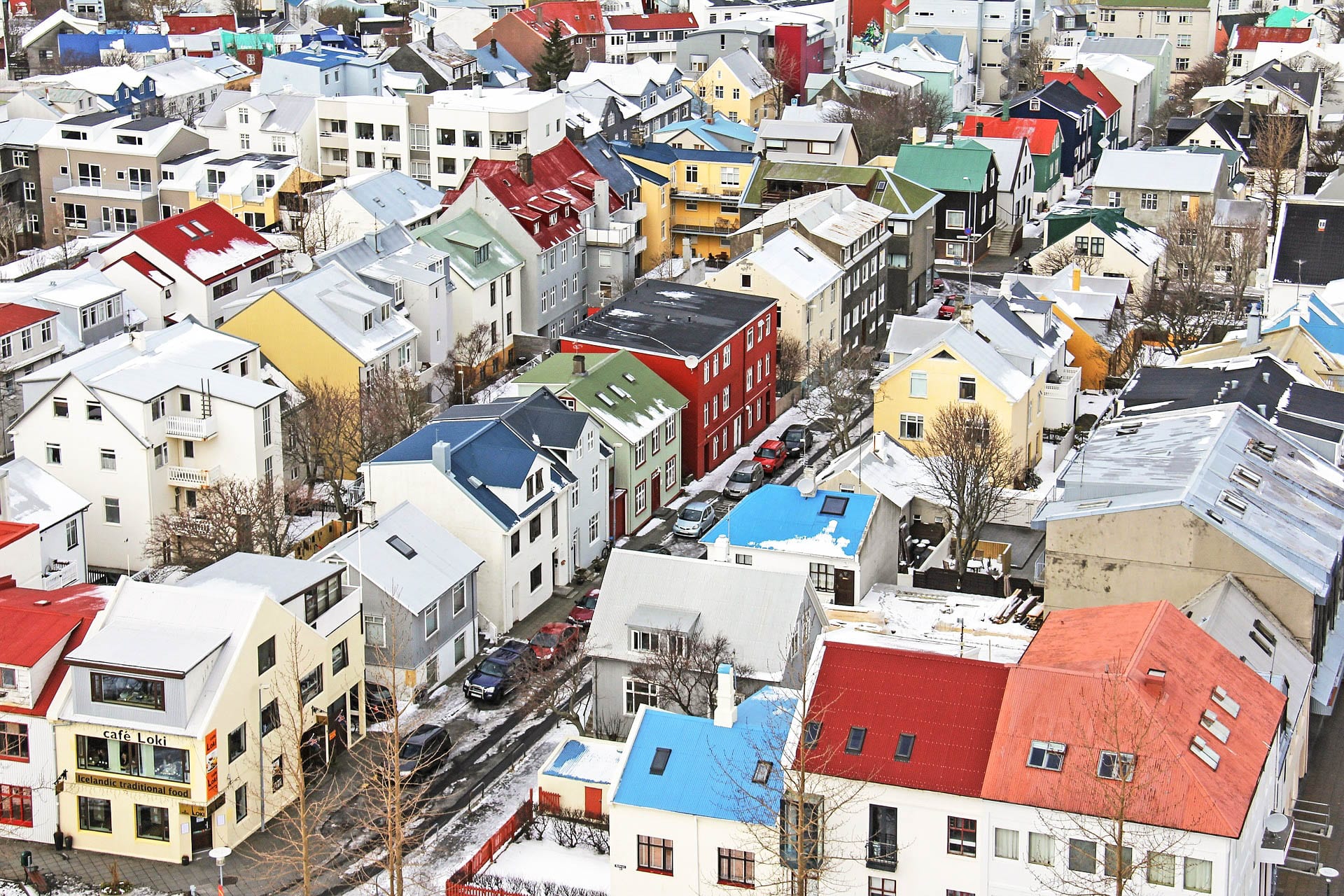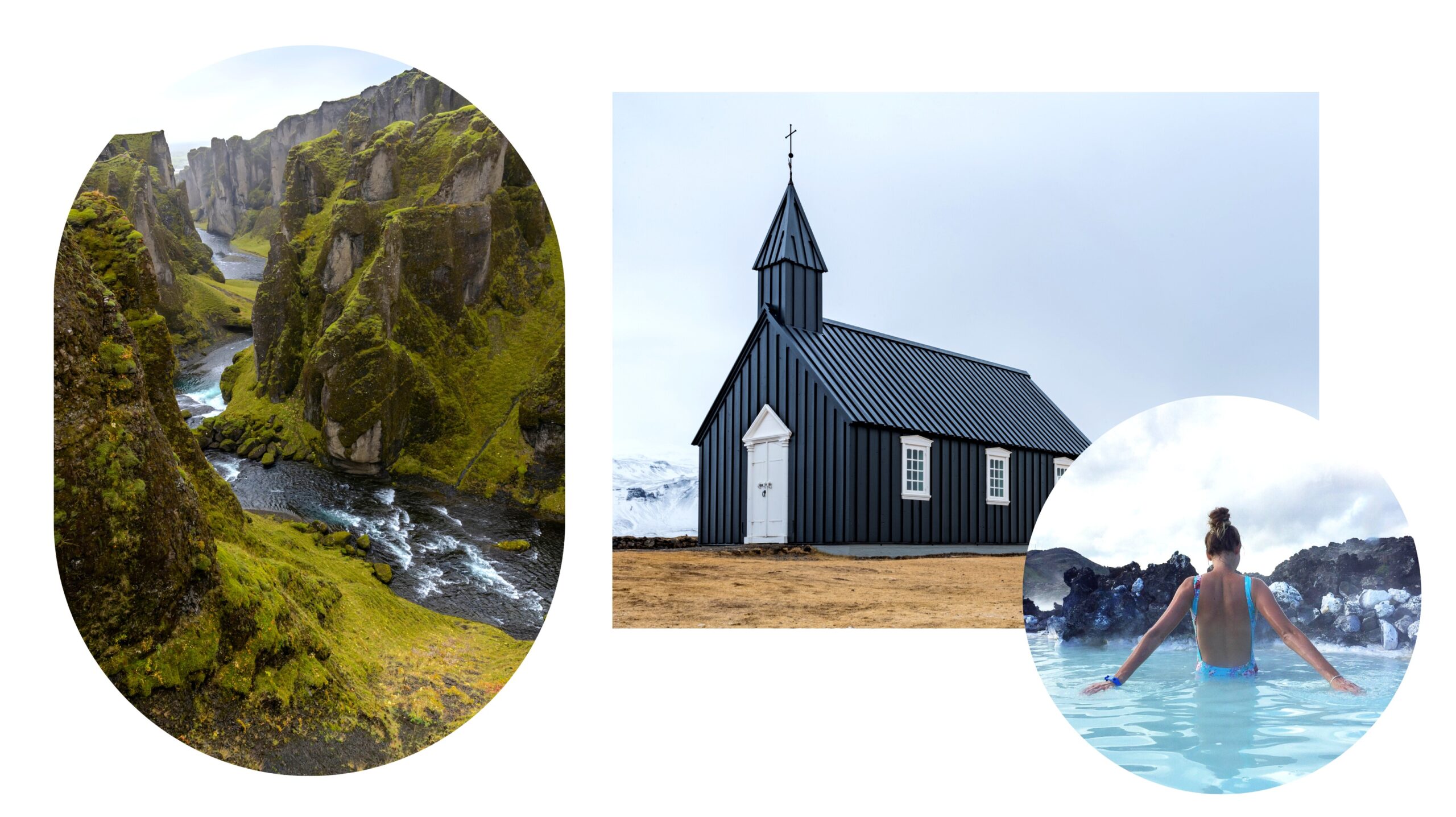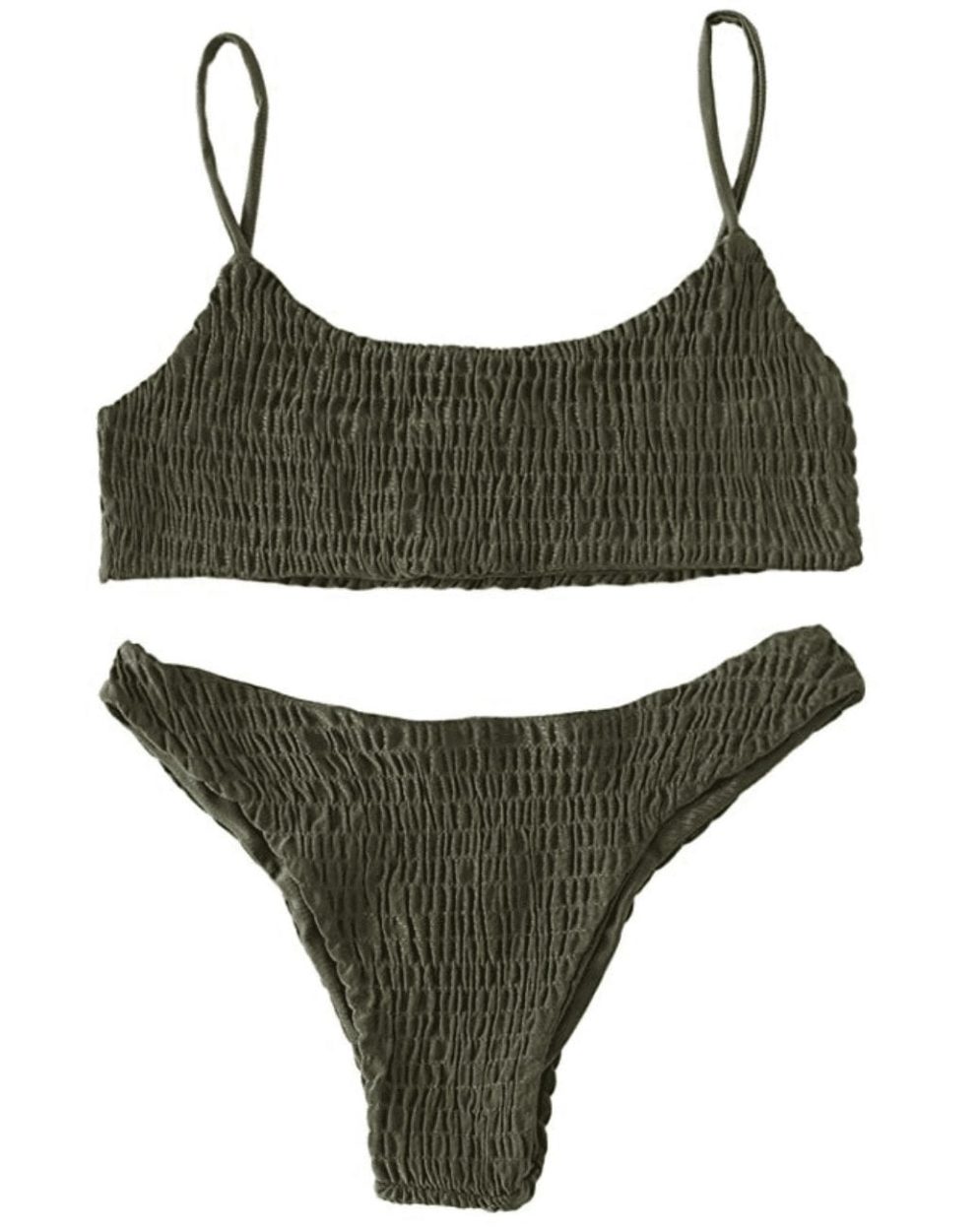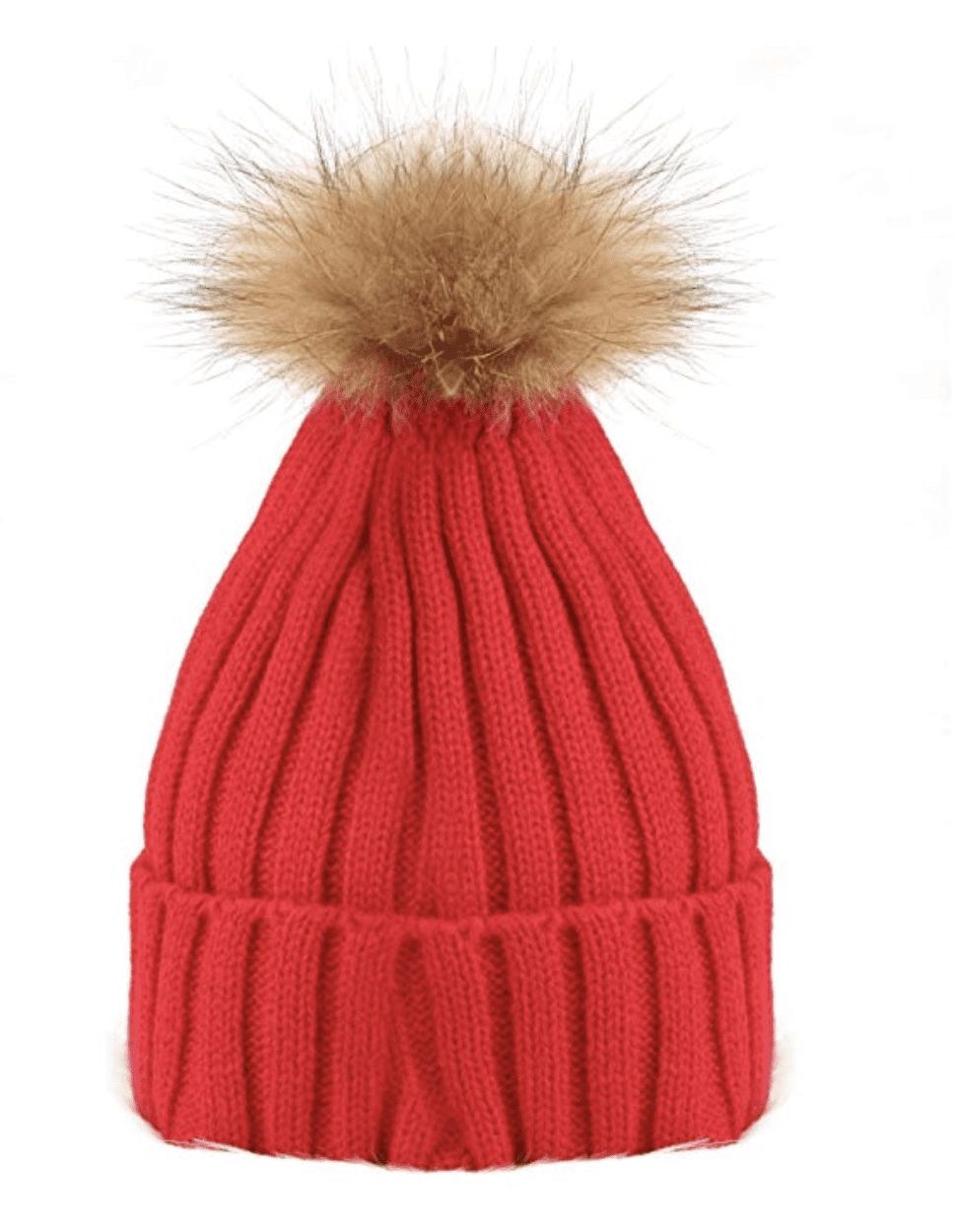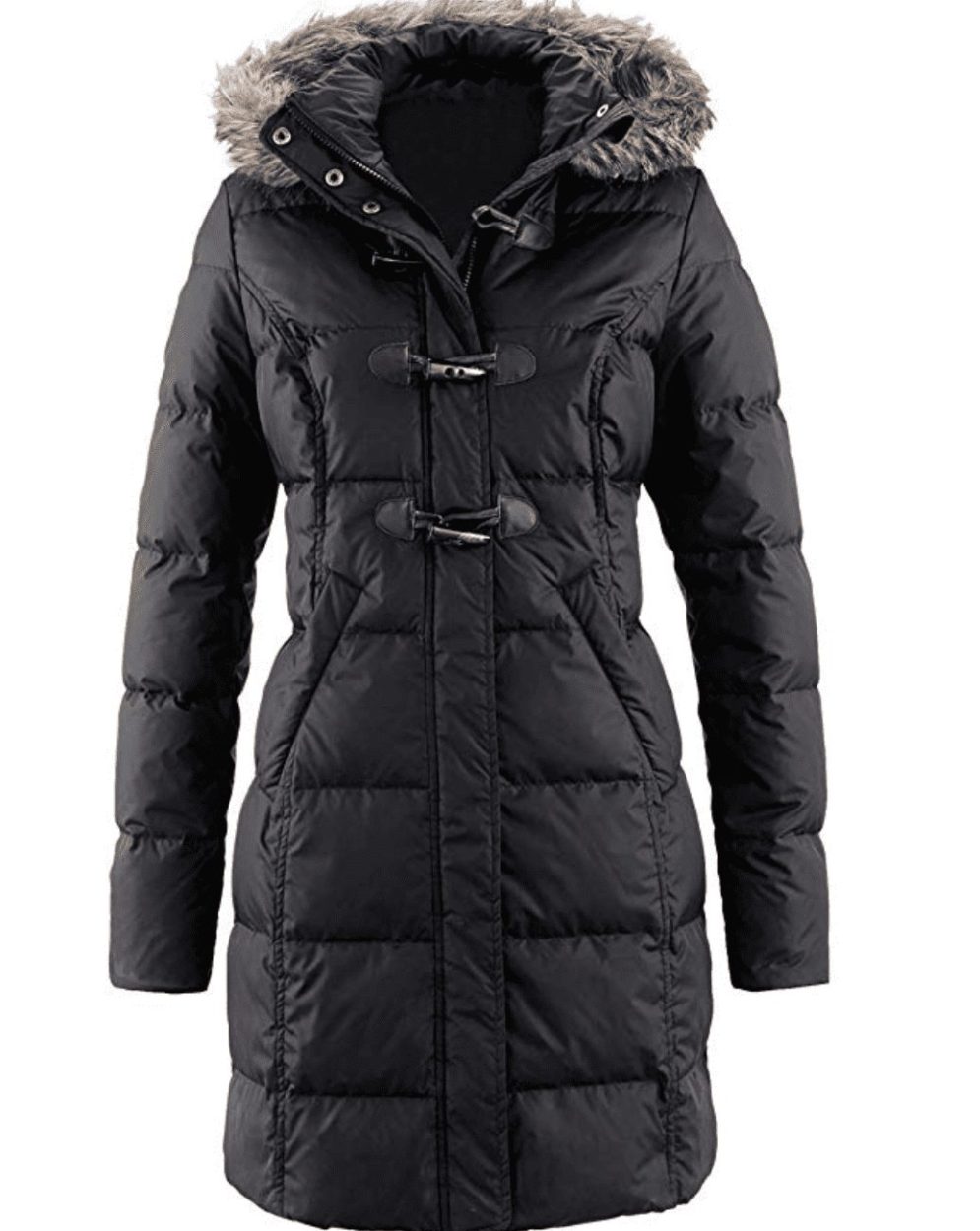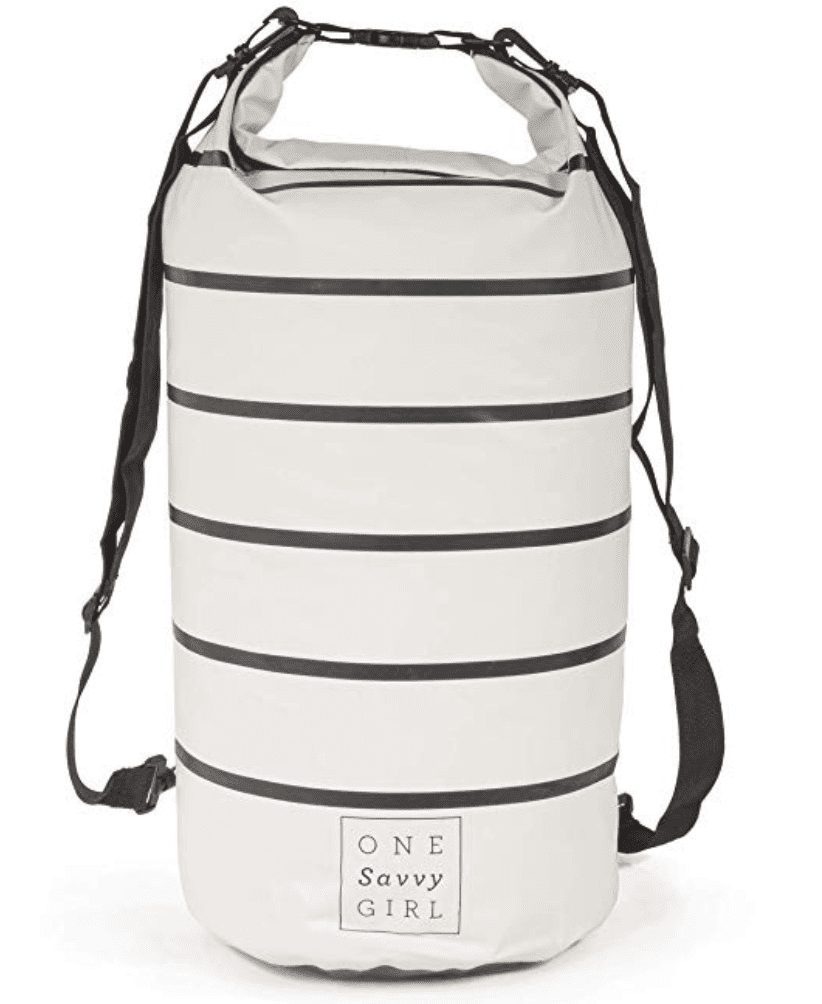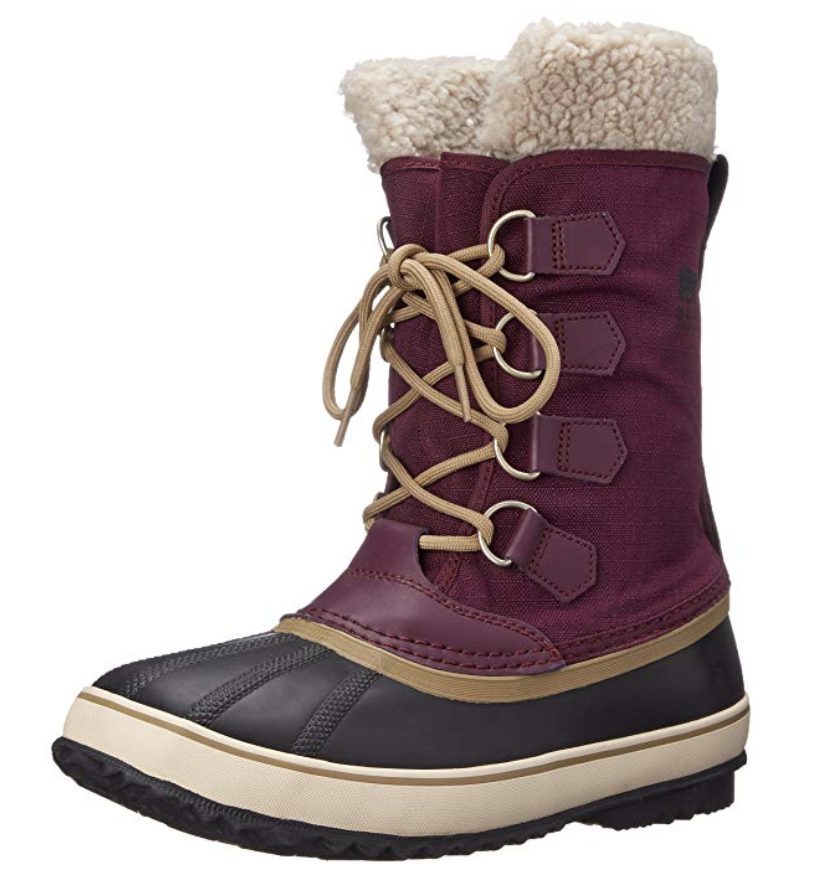WHAT TO EXPECT
Currency
The currency in Iceland is the Icelandic Krona
Language
The most common language spoken in Iceland is Icelandic. English is also frequently spoken throughout most parts of Iceland.
Seasons
Spring (Mar, April, May) Summer (June, July, Aug) Fall (Sept, Oct, Nov) Winter (Dec, Jan, Feb)
Transport
Iceland is a relatively small country the most common use of transport in Iceland is cars and aeroplanes. You can board a flight and fly to the other side of Iceland within seconds. Renting a car to drive around Iceland can be a bit pricy however, it’s definitely the most convenient.
Another great option is to rent a campervan we did this when we visited and had the best experience. Iceland has many campervan sites around, so you can simply park up and enjoy the sights.
This is great if you’re looking to explore more outside the Golden Circle, as some places can take a few hours to get to.



